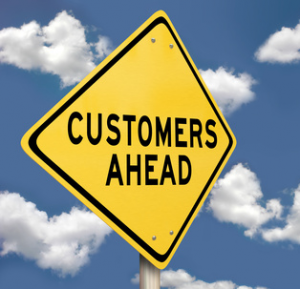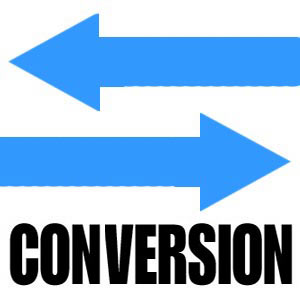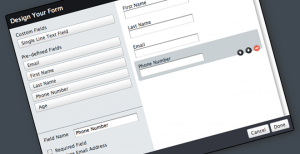The Best Social Commerce Networks for Lead Generation
 How has the face of the marketing evolved since the origination of social networks? Before the spread of social media, good business relied solely on consumer-company interactions. In the modern day, businesses continuously search for ways to convert their consumer-company relationships into sales but the standard look of these relationships has changed. The focus has shifted from consumer–company relationships to consumer–consumer interactions. People will search in google for customer reviews of a product before they purchase because a customer is more likely to trust another customer than a company trying to make profit.
How has the face of the marketing evolved since the origination of social networks? Before the spread of social media, good business relied solely on consumer-company interactions. In the modern day, businesses continuously search for ways to convert their consumer-company relationships into sales but the standard look of these relationships has changed. The focus has shifted from consumer–company relationships to consumer–consumer interactions. People will search in google for customer reviews of a product before they purchase because a customer is more likely to trust another customer than a company trying to make profit.
Promotion of a good product in creative ways increases lead generation, but social commerce is key to driving sales. Social commerce comes in many forms including customer reviews of services and products, sponsorship deals, advertising, etc…Any type of consumer-generated content sharing is a form of social commerce.
Content-sharing is the basis of social media. In the digital age, social media has a large impact on the success of a business. From a consumer mindset, the size of their internet following determines a business’ quality of product and validity. A plethora of social networks exist, but in terms of social commerce, some are better than others. The only question is which sites work best for lead generation?
Below we take a look at the 4 major social commerce websites:
Facebook commerce, better known as F-Commerce, launched in 2011 when companies realized that the social network had a reach of 750 million users. Many people, young adults in particular, gather their news or updates from their Facebook newsfeed. Mainstream society no longer depends primarily on printed media to spread important information. Article-sharing, hashtags, and status updates encourage genuine lead generation among consumers. There are four types of F-commerce: Facebook-onsite selling, Facebook-initiated selling, selling via Facebook, and iFrames/Facebook App. By using plugins, links, consumer engagement, and allowing for creative displays, Facebook remains a viable source for increasing lead generation.
YouTube
As a video platform, YouTube is notably successful at lead generation. Studies have shown that colorful graphics and videos are good at attracting a consumer’s attention. In fact, it’s been said that YouTube marketing makes lead generation 50 times more successful than any text-based promotion. Online videos are inexpensive to make and possess a longevity that articles don’t have.
Polyvore
Polyvore launched in 2011. It allows users to create collage-sets displaying different fashion and beauty trends of their own invention. The site allows the consumer to sell the product by encouraging personal creativity and lets the users promote their own designs. The materials on their collages are directly linked to product sites. The accessibility of products and the use of consumer support increases lead generation.
Trendii
Trendii and Polyvore share similarities, but Polyvore is limited to beauty and fashion. Trendii allows their users to create boards with any topic they desire. The site helps the consumer sell the products by establishing creative environments of user-design; Trendii effectively taps into the consumer–consumer interactions that people value. Trendii manages to help people connect virtually, widen their impact, sell to other consumers, and inspire others with their personal creativity. It takes the trending nature of global conversation and ties it to user interests. The strong consumer–consumer relationships built on the site will likely increase lead generation for products massively.
All social networks are not created equal, but sites such as Twitter, Vine, and Pinterest are making a play towards social commerce as well.
Always remember that your consumers are your best marketing strategy.











